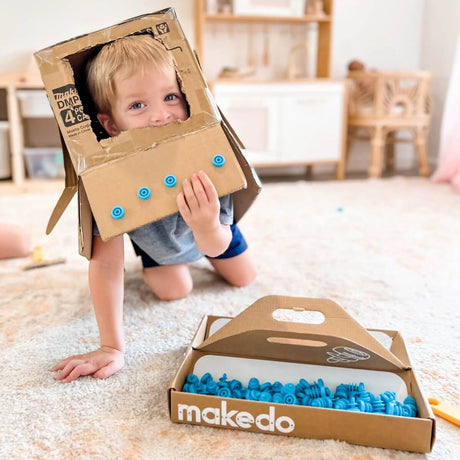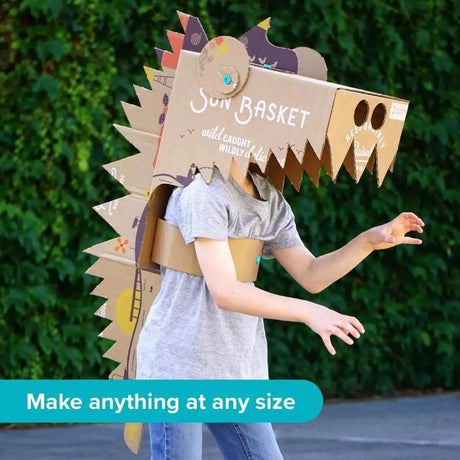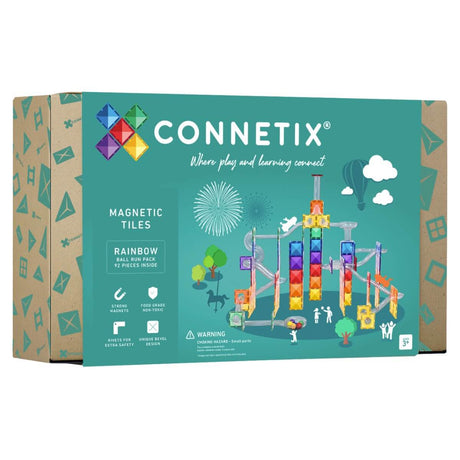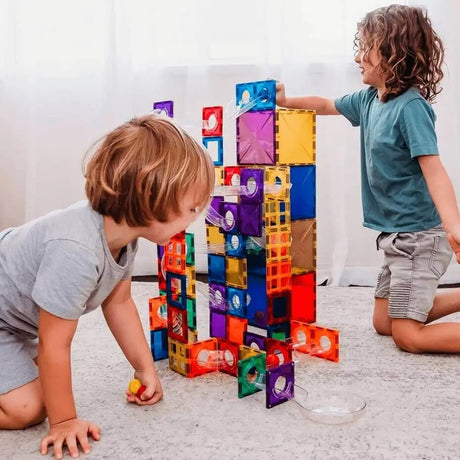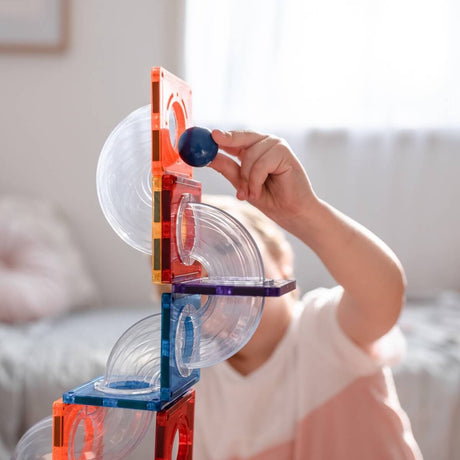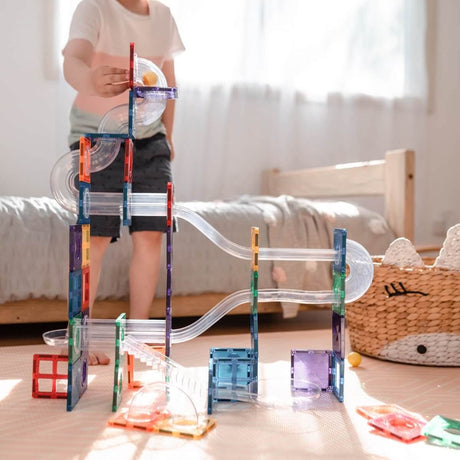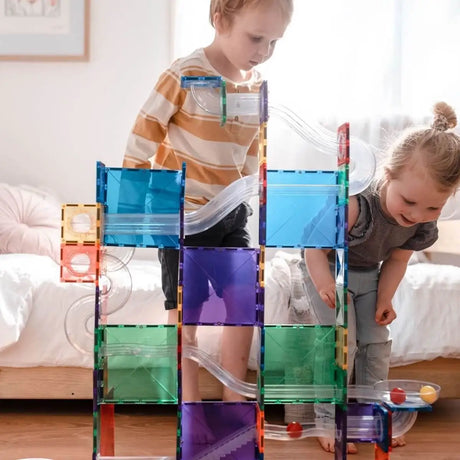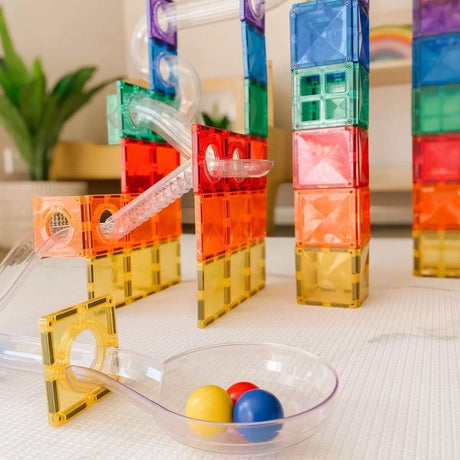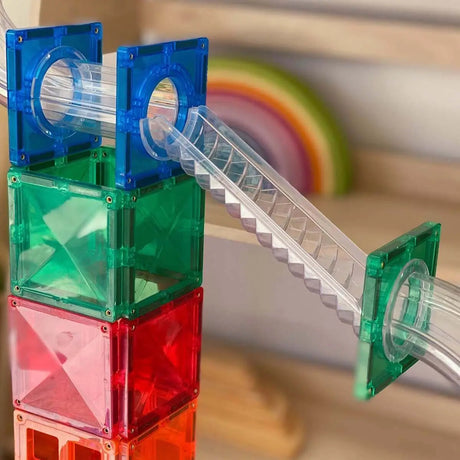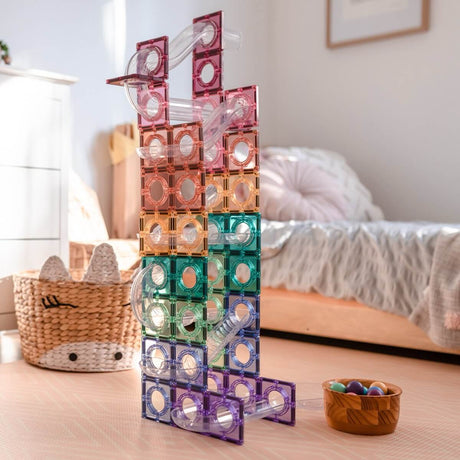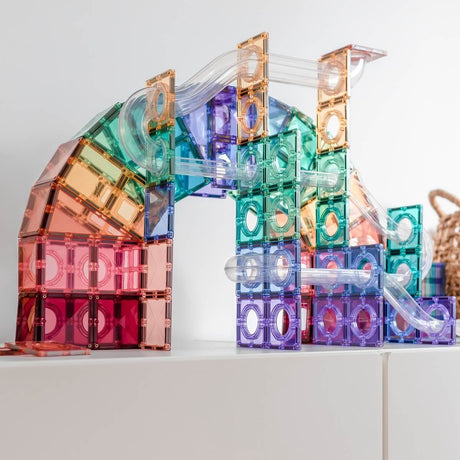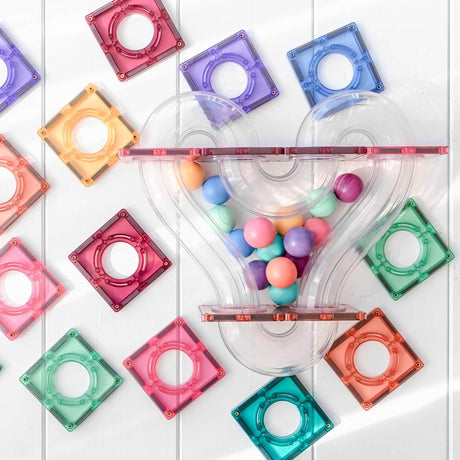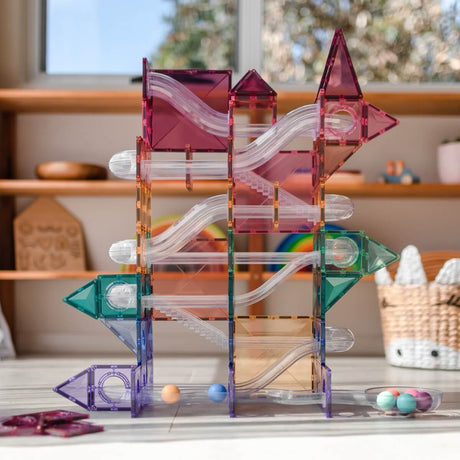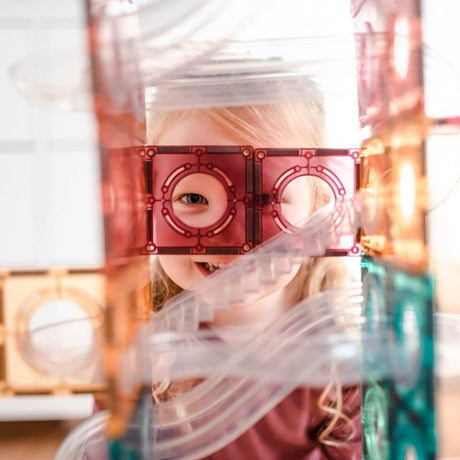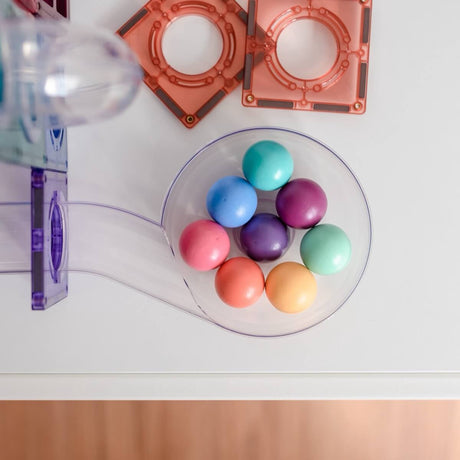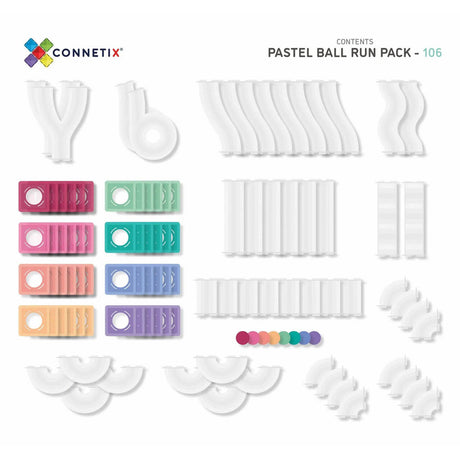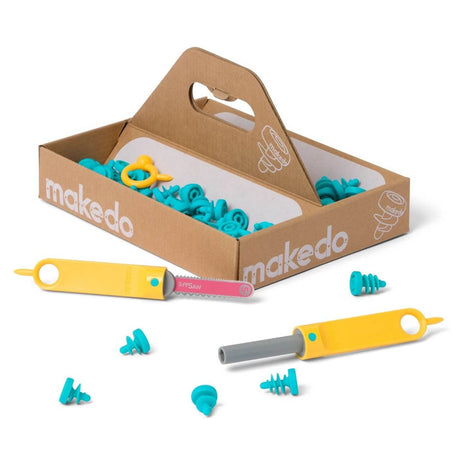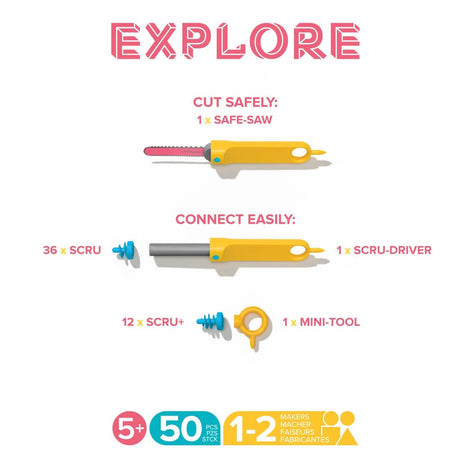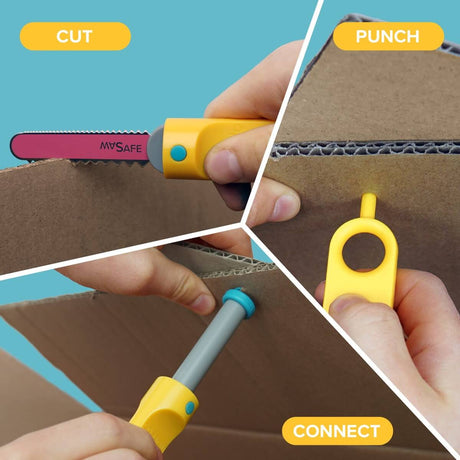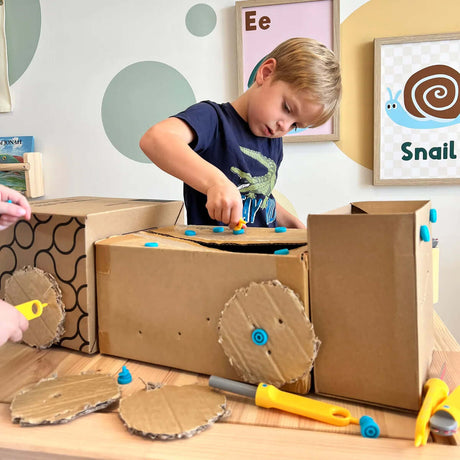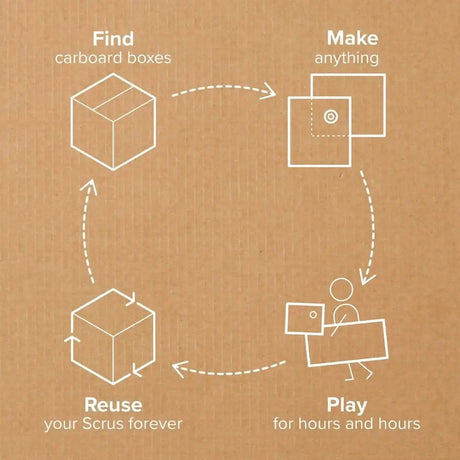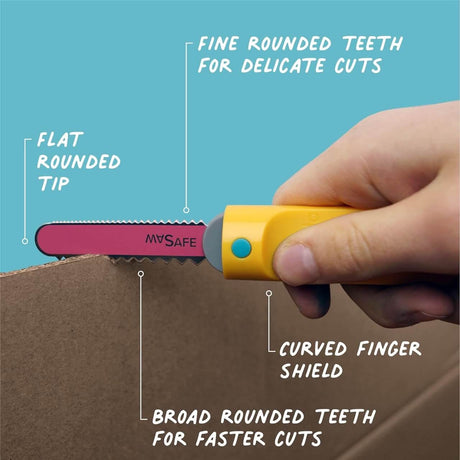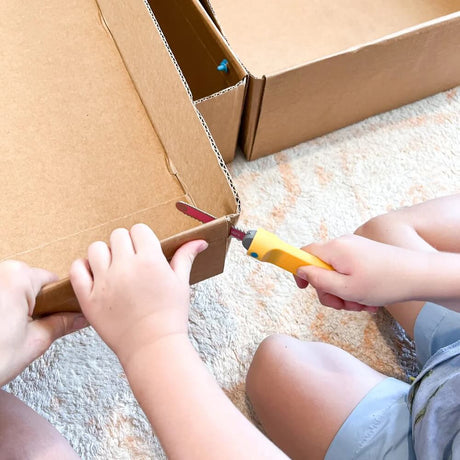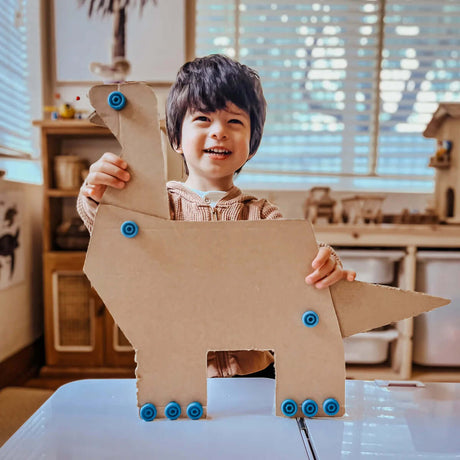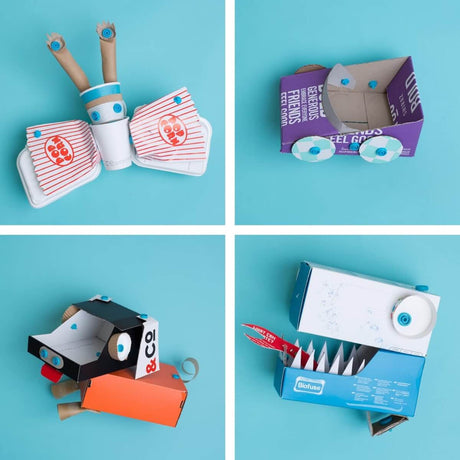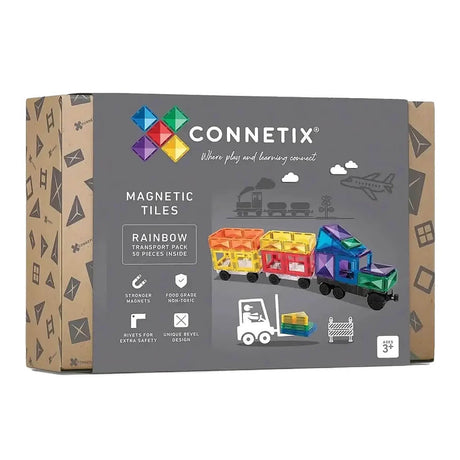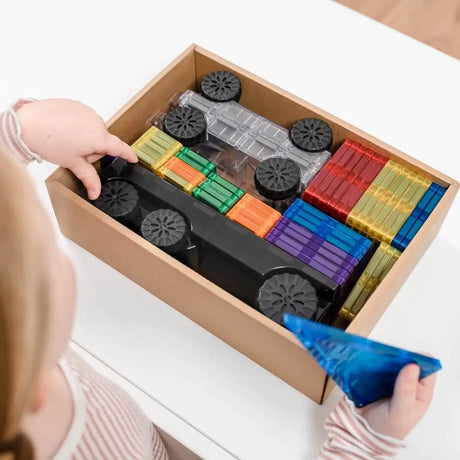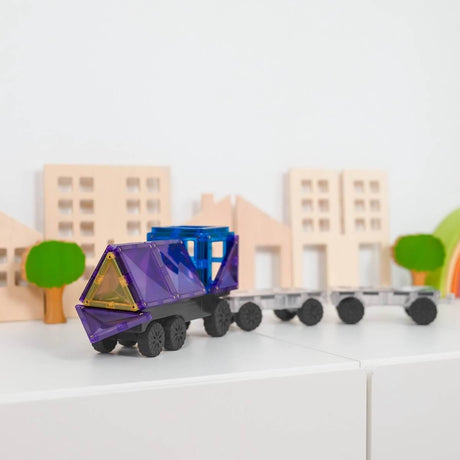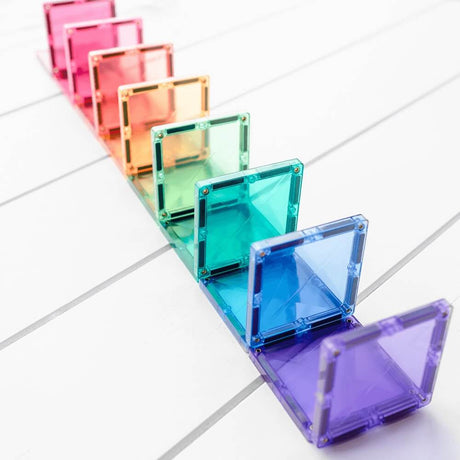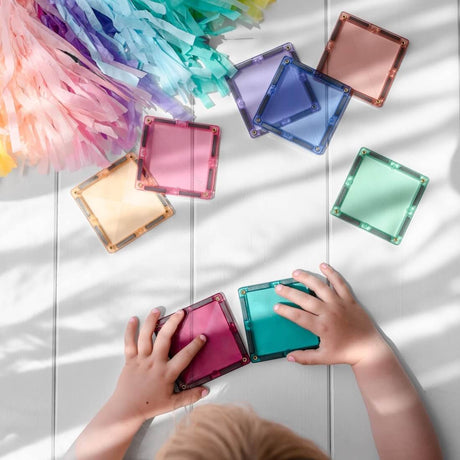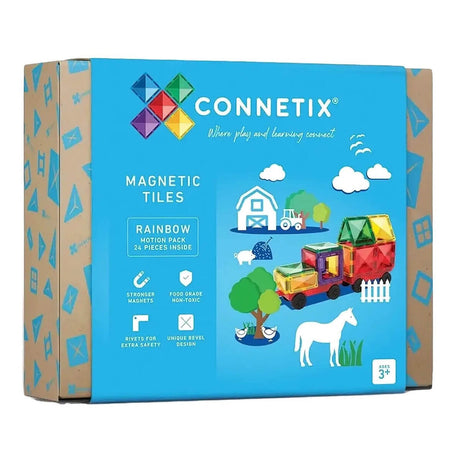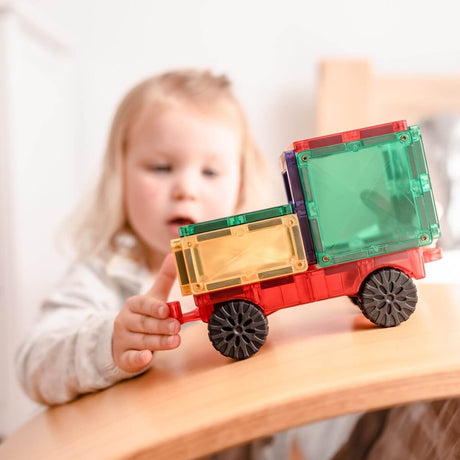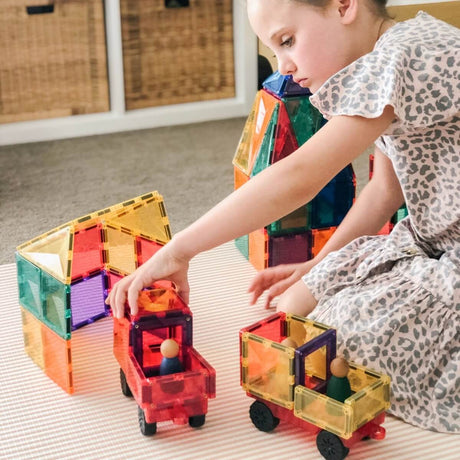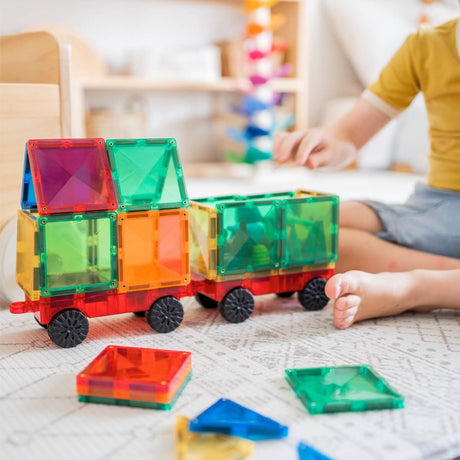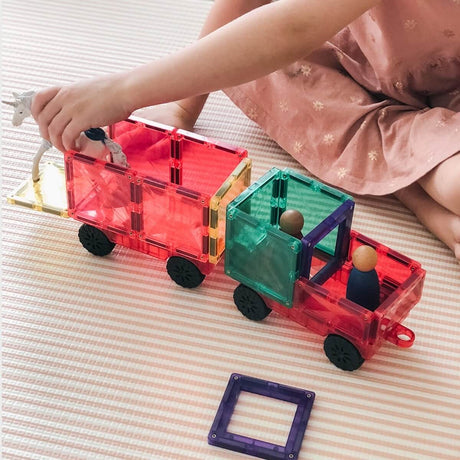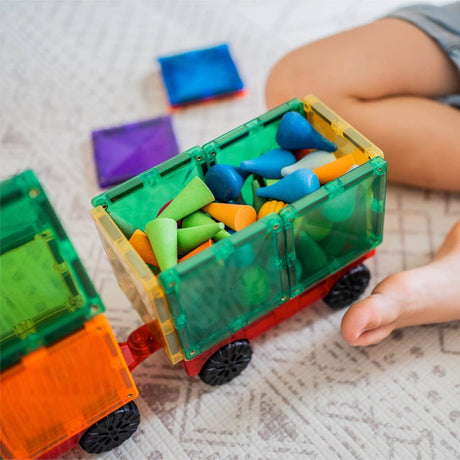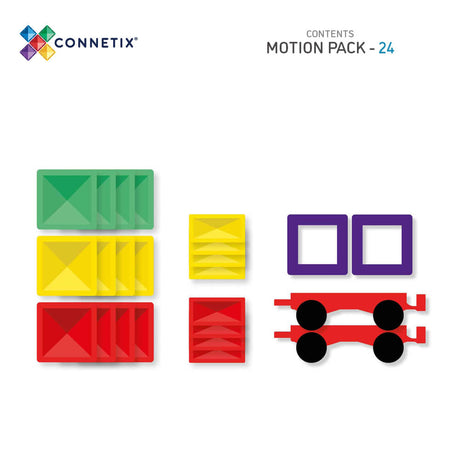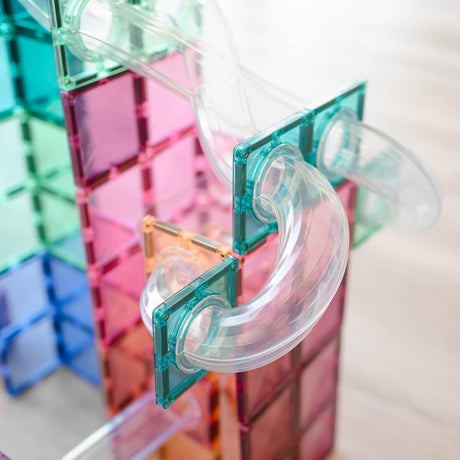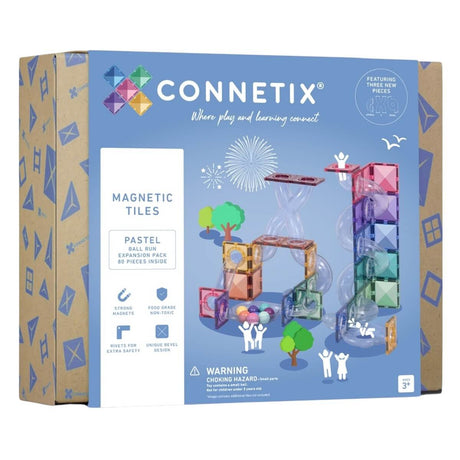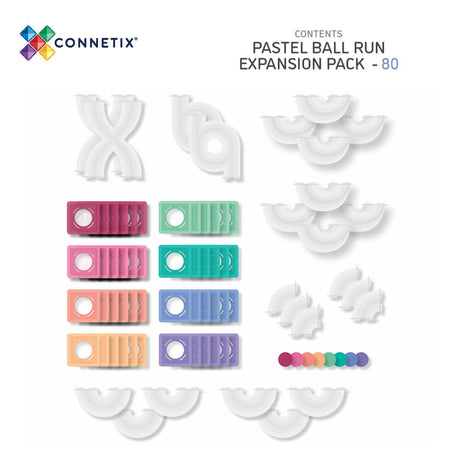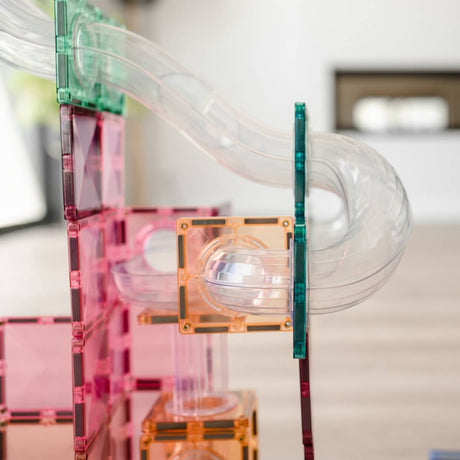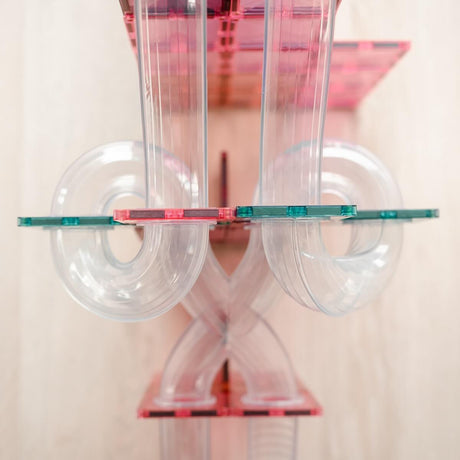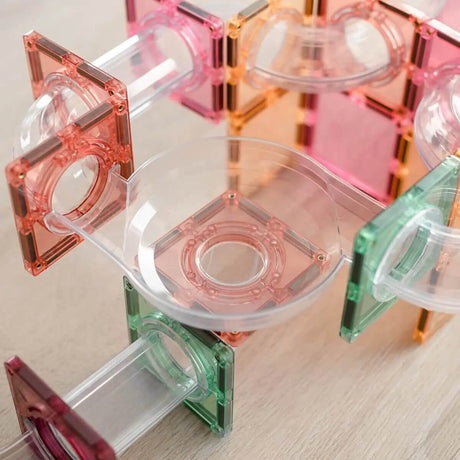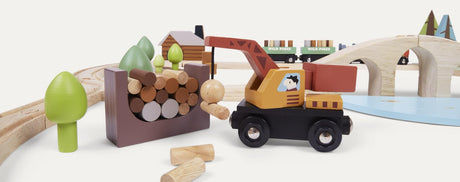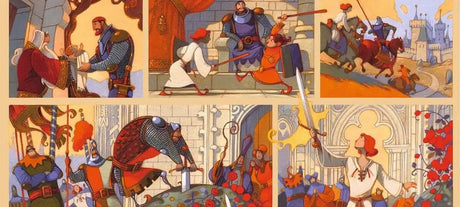Mathematics is much more than learning numbers and counting. Mathematics is also about shapes, patterns, space, measurement and problem solving.
The good news is that you are already doing a lot to help your child understand math.
1. Play peek-a-boo with your baby and hide and seek games with your toddler. Make a mailbox out of a shoebox so he can post letters in it. This will help him learn the mathematical concept of something being there one minute and then gone. A shape sorter is ideal for this and to help him recognize shapes.
2. Bake a cake . Buying ingredients on a budget and then weighing and counting them helps you understand the concepts of money and measurement.
3. Make it count. Count everything out loud - from steps on the stairs to plates, knives and forks for meals, socks for dressing and sorting laundry and seeds ready for planting.
4. Roll the dice. Classic dice games like Shut the Box and Yahtzee are great for speeding up simple math calculations, and the dice are convenient to take with you anywhere for quick, spontaneous play.
5. Tell the time. Understanding the concept of time far precedes recognizing the numbers on a clock face. Creating rhythms in your day for morning, afternoon, and bedtime will help, as will marking the seasons as they pass.
6. Tap a drum . Music and rhymes are great for helping children understand the math concepts of rhythm and measurement. Sing songs together such as “There were ten in the bed…” or “Five currant buns…” and count with your fingers.
7. Notice patterns and shapes . Notice the patterns in the world when you are outside. Look at the paving stones, the road signs, the manhole covers, the brick walls, the public benches, the street lamps. Identify particular shapes, for example triangles or oblongs.
Also look for designs on nature's treasures - leaves, seed pods, conchs, acorns and shells. Collect a few for your DIY activities at home.
8. Build a tower . Using wooden blocks to build towers, towns, villages and castles, children will learn about balance and how shapes fit together. Make a craft with a pile of empty food boxes and containers and let the kids experiment. Flatten some boxes first so they can see the relationship between 2D and 3D.
9. Start a collection . Talk about interesting objects you picked up on a family walk, such as chestnuts, stones, twigs, leaves, shells, seaweed. Count them and classify them according to your child's age.
For example, younger children could classify them by color, while older children could classify them by leaf type. Using a book or other resource, look closely at the shape of a leaf and find its name.
10. Value your child's work when he or she writes numbers or makes a chart or map, just as much as when he or she paints a picture. To encourage her to use mathematical graphs in role play, give her receipt books, recipes, raffle tickets, maps and calendars or small notebooks and large folded sheets of paper so she can he makes them himself.








